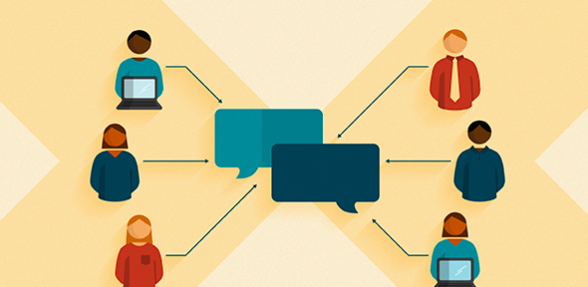The Importance of Accountability in Cross-Functional Teams: Collaboration and Accountability
Cross-functional teams bring together diverse talents, expertise, and perspectives to solve complex problems. But collaboration in cross-functional teams can be […]


